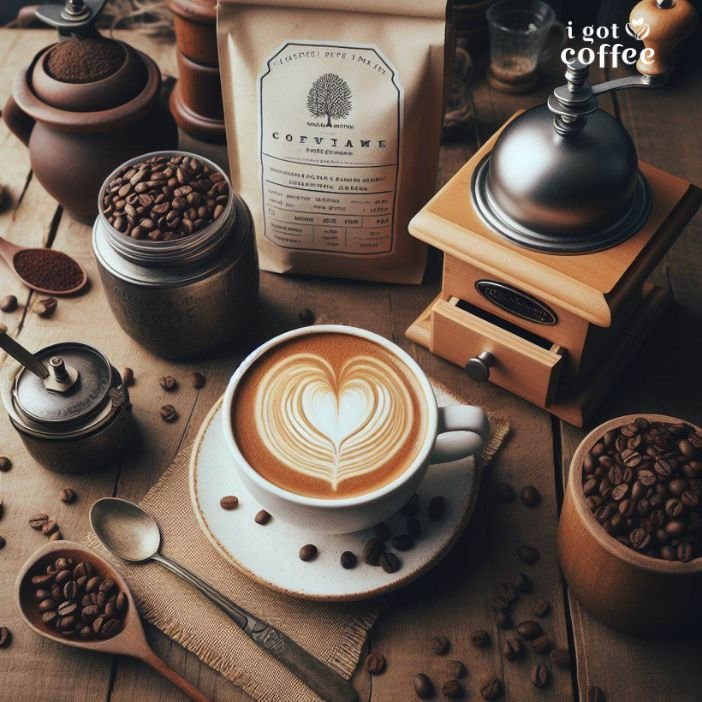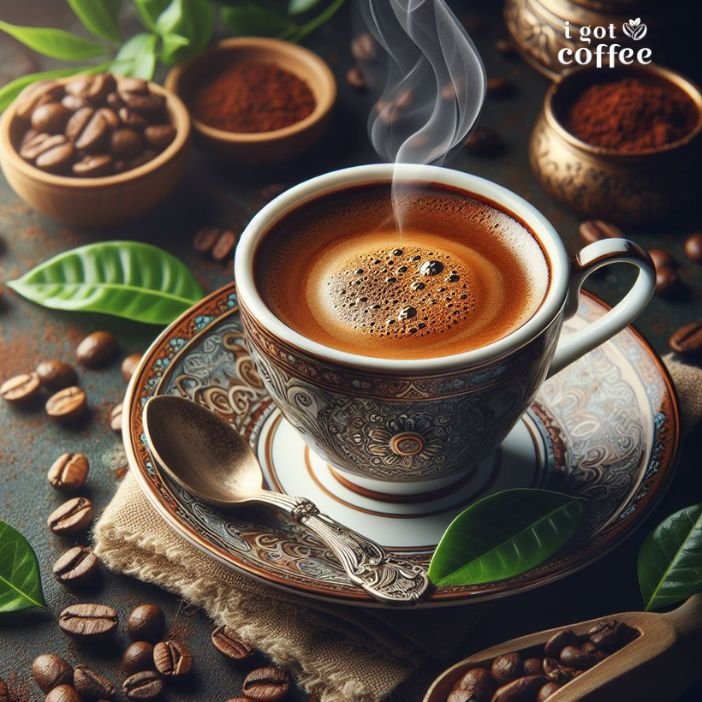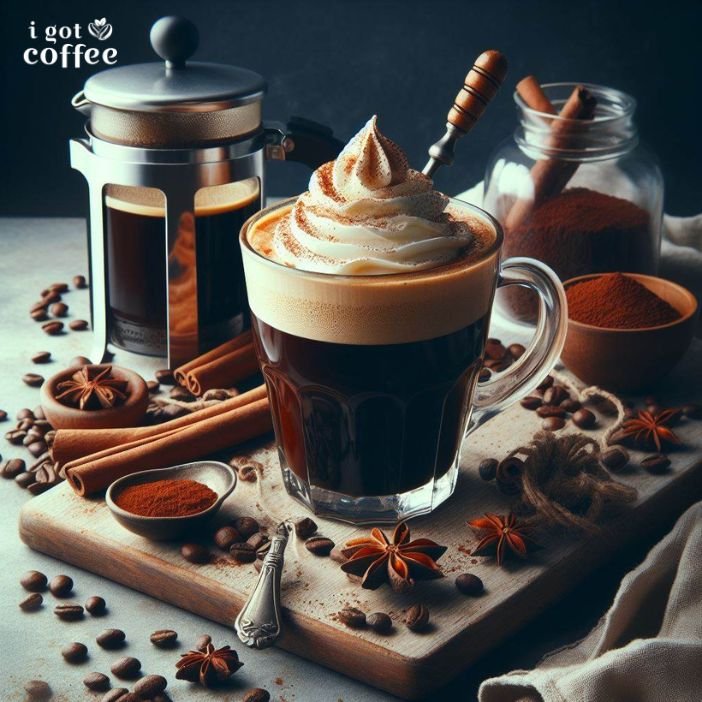What Is Single Origin Coffee?
Single origin coffee is a type of coffee that is made from beans that come from a single source. It is often referred to as “single-origin coffee” or “single estate coffee.” Single origin coffee is unique because it is made from beans that are grown in the same region, often from the same farm or estate. This allows the coffee to have a distinct flavor profile that is associated with its origin. The brewing process for single origin coffee is similar to other types of coffee, but there are some key differences. Single origin coffee is usually brewed with a pour-over method, which involves pouring hot water over the grounds in a circular motion. This method allows the coffee to extract more flavor from the beans, resulting in a more intense and flavorful cup.
Single origin coffee is becoming increasingly popular among coffee enthusiasts due to its unique flavor profile and the fact that it is traceable to its origin. As the demand for single origin coffee grows, more coffee producers are focusing on producing high-quality beans from specific regions.
The brewing process for single origin coffee is similar to other types of coffee, but there are some key differences. Single origin coffee is usually brewed with a pour-over method, which involves pouring hot water over the grounds in a circular motion. This method allows the coffee to extract more flavor from the beans, resulting in a more intense and flavorful cup.
Single origin coffee is becoming increasingly popular among coffee enthusiasts due to its unique flavor profile and the fact that it is traceable to its origin. As the demand for single origin coffee grows, more coffee producers are focusing on producing high-quality beans from specific regions.
The Origin and History of Single Origin Coffee
Single origin coffee has a long and rich history that dates back to the early 19th century when coffee production began to spread around the world. At this time, coffee was mainly grown in the Middle East and Africa, but as the demand for coffee grew, so did the production in other regions. In the late 19th century, single origin coffee became more popular as coffee producers began to focus on producing beans from specific regions. This allowed coffee producers to create unique flavor profiles that were associated with the origin of the beans. As the demand for single origin coffee grew, so did the production. In the early 20th century, the first single origin coffees were produced in Brazil, Colombia, and Ethiopia. These coffees were sought after for their unique flavor profiles and traceability to their origin. Today, single origin coffee is becoming increasingly popular among coffee enthusiasts due to its unique flavor profile and traceability to its origin. As the demand for single origin coffee grows, more coffee producers are focusing on producing high-quality beans from specific regions.How to Make Single Origin Coffee
Making single origin coffee is a simple process that requires a few key pieces of equipment and a few basic techniques. Here is a step-by-step guide to making the perfect cup of single origin coffee.- Start by selecting the right beans for your single origin coffee. Look for beans that are freshly roasted and that come from a specific region.
- Grind the beans to a medium-fine consistency.
- Place the grounds in a filter and pour hot water over them in a circular motion.
- Let the coffee steep for 3-5 minutes.
- Remove the filter and enjoy your single origin coffee.
Choosing the Right Beans for Your Single Origin Coffee
When selecting beans for your single origin coffee, it is important to consider the origin, roast type, and flavor profile of the beans. Single origin coffee beans are usually sourced from specific regions, such as Ethiopia, Colombia, or Brazil. Each region has its own unique flavor profile, so it is important to select beans that come from the region you are interested in. The roast type of the beans is also important. Lightly roasted beans will have a bright and fruity flavor, while darker roasted beans will have a more intense and smoky flavor. The roast type will also affect the caffeine content of the coffee, so it is important to consider this when selecting beans. Finally, the flavor profile of the beans is important. Different regions and roast types will produce different flavor profiles, so it is important to select beans that will produce the flavor profile you are looking for.Types and Variations of Single Origin Coffee
Single origin coffee comes in a variety of types and variations. Here are some of the most popular types and variations of single origin coffee:- Ethiopia: Ethiopian coffee is known for its bright and fruity flavors. It is usually lightly roasted and has a floral aroma.
- Colombia: Colombian coffee is known for its nutty and chocolatey flavors. It is usually medium-roasted and has a sweet aroma.
- Brazil: Brazilian coffee is known for its smooth and creamy flavors. It is usually dark-roasted and has a smoky aroma.
- Sumatra: Sumatran coffee is known for its earthy and spicy flavors. It is usually medium-roasted and has a woody aroma.
Caffeine Content in Single Origin Coffee: What You Need to Know
The caffeine content in single origin coffee can vary depending on the type of beans, the roast type, and the brewing method. Generally, single origin coffee has a higher caffeine content than standard coffee blends. This is because single origin coffee is usually made from beans that are freshly roasted and brewed with a pour-over method, which extracts more caffeine from the beans. It is important to note that the caffeine content of single origin coffee can vary greatly depending on the type of beans and the roast type. Lightly roasted beans will have a lower caffeine content than darker roasted beans. Additionally, some types of beans, such as Ethiopian coffee, naturally have a lower caffeine content than other types.Is Single Origin Coffee Good for Your Health? Exploring the Benefits
Single origin coffee is a great choice for those looking to enjoy a flavorful cup of coffee without sacrificing their health. Studies have shown that coffee can have numerous health benefits, including improved cognitive function, increased energy, and reduced risk of certain diseases. Single origin coffee is also a great choice for those looking to get the most out of their coffee. The unique flavor profiles of single origin coffee beans can provide a more enjoyable drinking experience, and the traceability of the beans allows you to know exactly where your coffee is coming from. Additionally, single origin coffee is often made from beans that are freshly roasted and brewed with a pour-over method, which can help to extract more flavor and nutrients from the beans. This can result in a healthier cup of coffee that is rich in flavor and antioxidants.Single Origin Coffee vs. Multi-Region Blends: Understanding the Differences
Coffee is one of the most popular beverages in the world, and its flavor and aroma can vary greatly depending on the type and origin of the beans. Single origin coffee and multi-region blends are two of the most popular types of coffee, and each has its own unique brewing methods, flavor characteristics, cultural significance, and health benefits. In this article, we will explore the differences between single origin coffee and multi-region blends to help you decide which type is right for you.- Brewing Methods
- Flavor Characteristics
- Cultural Significance
- Health Benefits
Conclusion
Single origin coffee has become increasingly popular among coffee enthusiasts for its unique flavor profile and traceability to its origin. This type of coffee is made from beans that come from a single source, often from the same farm or estate. The brewing process for single origin coffee is similar to other types of coffee, but it involves a pour-over method that allows for more flavor extraction. When selecting beans for single origin coffee, it is important to consider the origin, roast type, and flavor profile of the beans. Single origin coffee can come in a variety of types and variations, and the caffeine content can vary depending on the type of beans and the roast type. Overall, single origin coffee is a great choice for those looking to enjoy a flavorful cup of coffee without sacrificing their health. With its unique flavor profiles and traceability to its origin, single origin coffee is sure to please even the most discerning coffee connoisseur.Unraveling the World of Coffee

Emma Sage holds a degree in Culinary Arts from Le Cordon Bleu. Her journey in the coffee industry began at a local café, where she honed her skills in brewing and barista techniques. Emma’s passion for coffee extends beyond her academic background, with years of experience in coffee tasting and education. Known for her engaging writing style.






